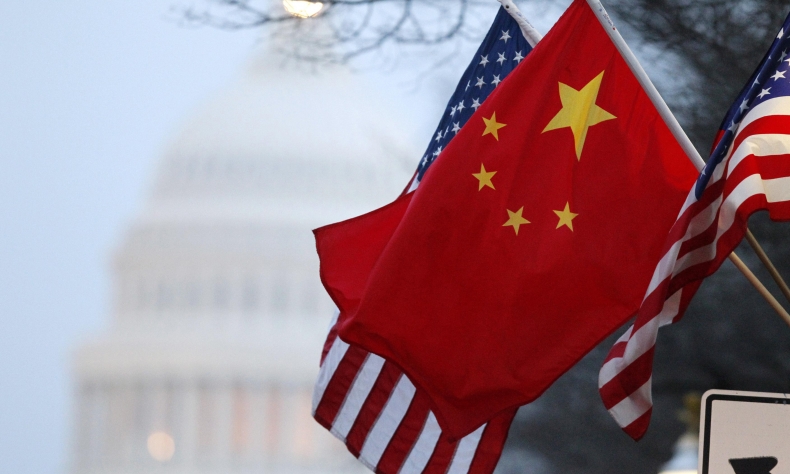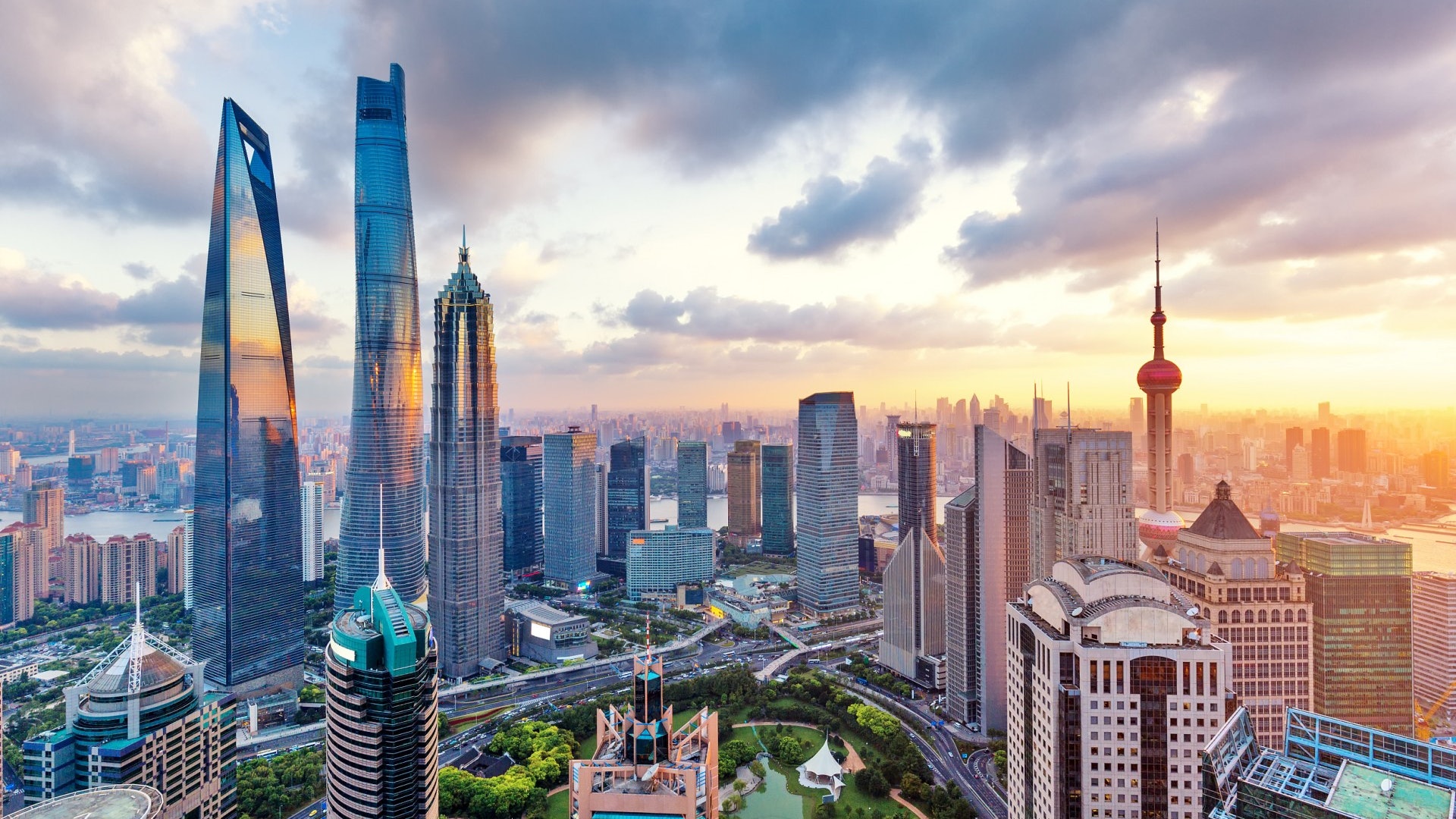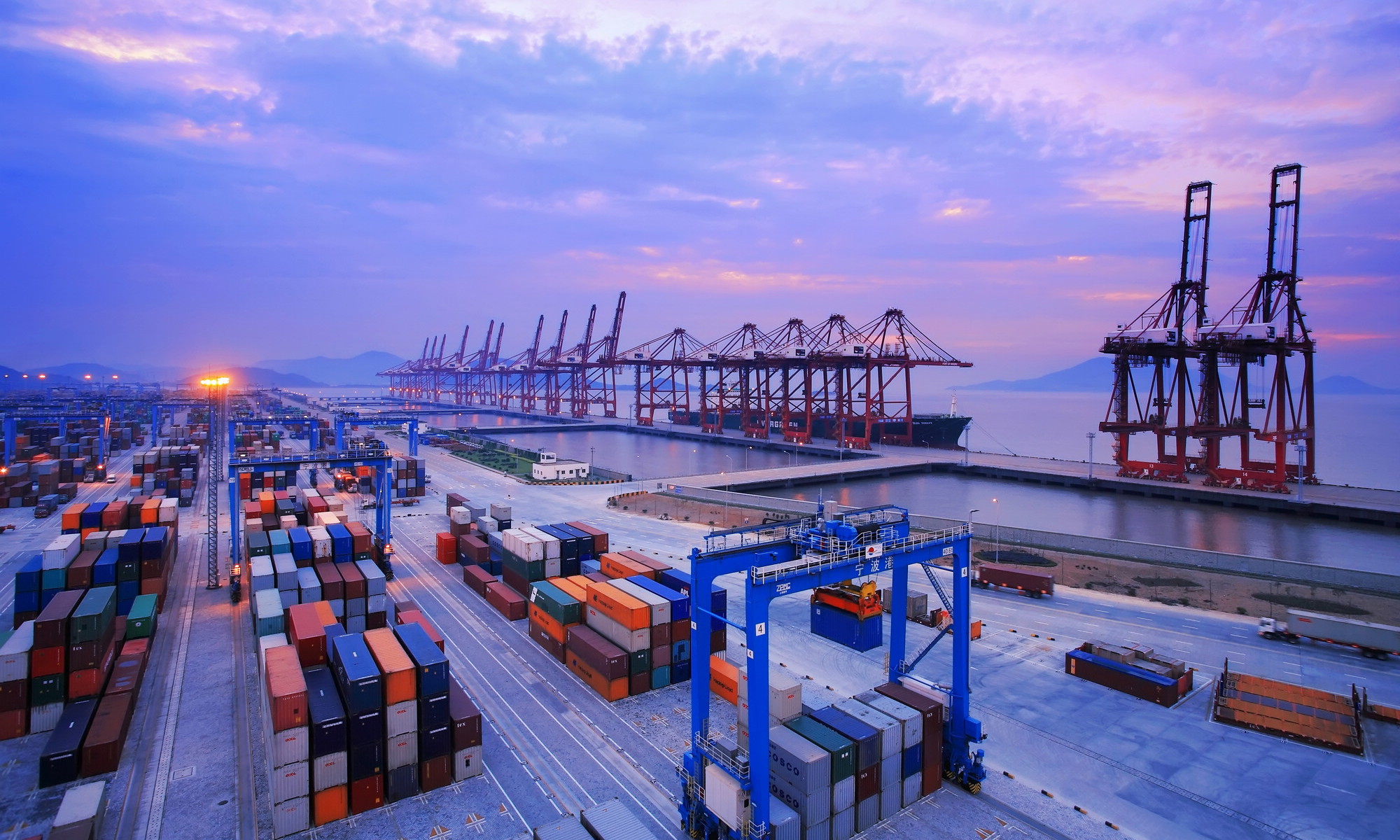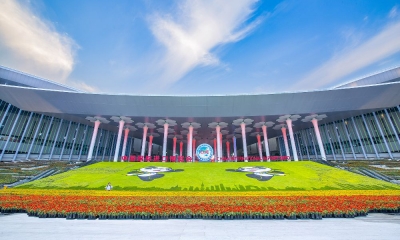Despite the U.S. Trade War, the Chinese Economy is Like a Sea, not a Lake

The Chinese economy is facing great challenges due to the uncertainties caused by global economy slowdown and resurging protectionism. However, the country has been able to sustain its growth due to the measures that the government has taken to revitalize the economy and the push for economic stability.
Since February 2018, the trade wars that U.S. President Donald Trump launched against China and many other countries, including the European Union (EU), Canada, Mexico and Japan, did not stop, especially the trade war against China, which recently escalated after the trade negotiations between China and the U.S suspended earlier this month.
The U.S does not understand the opinions of others and only sees its interest, thinking that it has the greatest power and can easily win any negotiation, even though it is not a fair negotiation.
This trade war has generated some fears that the Chinese economy would slip into recession, and would not be able to maintain relatively high growth rates, since the country’s GDP growth was 6.6% in 2018, which was the lowest in 30 years.
However, China’s economic performance in the first three months in 2019 has shown confidence. In the first three months, China’s GDP growth was 6.4 percent, a little bit higher than the expected 6.3%. Two important factors contributed to such growth: increased industrial production and increased consumption.
The Chinese economy is facing great challenges due to the uncertainties caused by global economy slowdown and resurging protectionism. However, the country has been able to sustain its growth due to the measures that the government has taken to revitalize the economy and the push for economic stability.
China’s Economic Policy is Successful
Many reasons have contributed to the stability of the Chinese economy, and made it solid against outside challenges.
China has relied on its stable economic policies for macroeconomic management since the beginning of its reform and opening-up. Recently, the launch of the new foreign investment law and the measures to cut taxes and fees for companies has made the country a more attractive and free market.
In terms of micro-economics, local governments have the advantage of fast-moving and highly flexible decision-making, which was efficient to deal with investor problems. Otherwise, it would be difficult for small- and medium-sized companies to continue.
China’s fiscal policies are prudent and deals with each case with great flexibility. For example, financial institutions are willing to provide sufficient soft loans for opening new projects or expanding existing projects, especially small and medium size firms.
China’s economic policies are sustainable where the concept of clean energy and green economy is moving fast, relying more on the use of clean energy than before. During the past three months, the import of gas has risen by 28% and oil imports increased by 8% at the expense of coal, in which its imports sharply dropped.

This was in line with the reduction in production of polluting heavy industries, such as the iron industry and other industries.
Since 2010, China has encouraged the economic restructure to be more based on new technology, new materials and the service industry, rather than polluting industries, raw materials exports and inefficient investments.
The contribution of the service sector in economic growth is getting higher and higher, in which the service sector contributes 56.6% of the Chinese economy growth rate.
As a result of these policies, the economy continues to be one of the fast-growing economies among countries, when compared to other countries supported by the growth of foreign investments.
Regardless of the U.S trade war, the number of new foreign companies grew by 67% in 2018, which was a significant indicator of foreign investors’ confidence and their willingness to invest in China.
China’s Foreign Policy Boost Trade
At a time when President Trump called for trade and protectionism wars, China was establishing the Belt and Road Initiative, which has contributed to building a new image of China through the principle of a common destiny and profit for all, and this has strengthened the trend as China opened its markets more to import goods from all countries of the world.
China’s trend towards strategic partnership with many countries of the world has also significantly contributed to the intra-China trade movement.
In terms of foreign trade, China was able to establish strong economic ties with countries around the world, with a significant increase of 11.5% in trade volume with the EU and 8% with ASEAN countries, as well as other countries such as Russia, Japan and Africa.
China maintained its export level to the United States despite a decline in the first months of 2019 by 4.8% due to the U.S. tariffs, while U.S. exports to China decreased substantially by 26.8%. This confirms that Chinese goods are irreplaceable in the U.S. market, unlike U.S. products, in which China can find alternatives.
The Chinese market is huge, and it has massive demand that can provide sustainable demands for Chinese products, in which the domestic consumption contributes 76% to the growth of the Chinese economy.
These are some of the reasons why the Chinese economy is immune, strong and deep, and can absorb many shocks. At the same time, China has a clear view of the economic challenges, both locally and externally, which gives more confidence in the future of the Chinese economy.
The Chinese economy resembles a sea not a lake, and a storm is capable of destroying the lake, but incapable of destroying the sea.
Hisham AbuBakr Metwally is the First Economist Researcher at the Egyptian Ministry of Foreign Trade and Industry.
 Facebook
Facebook
 Twitter
Twitter
 Linkedin
Linkedin
 Google +
Google +










